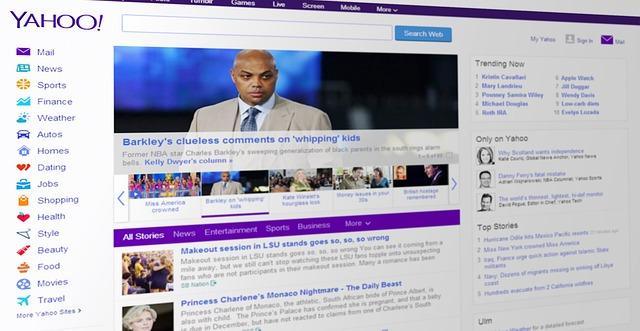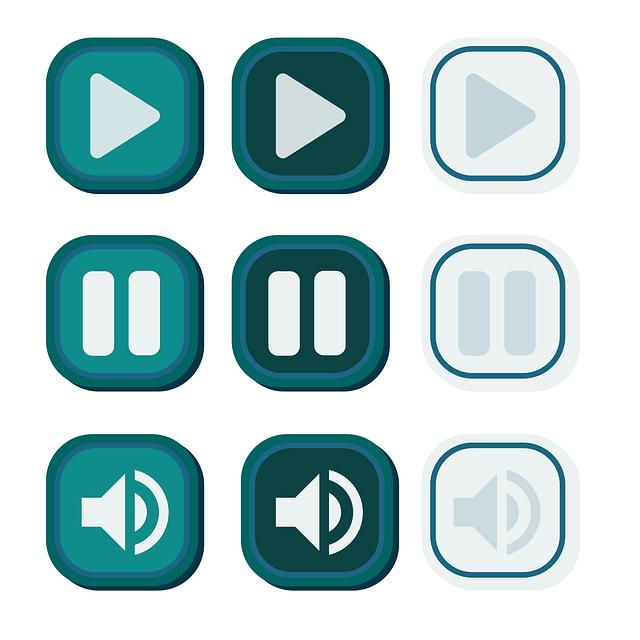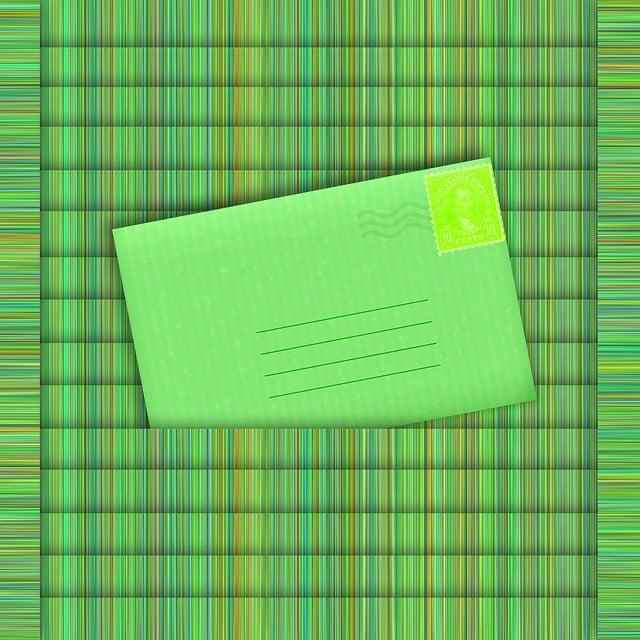- Introduction
- Top 5 Free Online Plagiarism Checkers
- How to Use a Plagiarism Checker
- Benefits of Using Plagiarism Checkers
- Common Myths About Plagiarism Checking
- Conclusion
- FAQs
Introduction
In an age where information is abundant and easily accessible, maintaining the originality of your work has never been more crucial. Plagiarism not only affects students and writers but also brands, marketers, and content creators across various industries. This article serves as your ultimate guide to understanding plagiarism checkers, exploring the top free options available, explaining how to use them effectively, discussing the benefits they provide, and dispelling common myths surrounding their usage.
We’ll start by listing the top five free online plagiarism checkers you should consider. Then, we will delve into how to effectively use these tools for your needs. We will also highlight the various benefits of utilizing plagiarism checkers before addressing some widespread misconceptions regarding plagiarism detection. By the end of this guide, you'll be equipped with valuable knowledge to help keep your writing original and authentic.
Top 5 Free Online Plagiarism Checkers
Ensuring your content's uniqueness is paramount, and using reliable plagiarism checkers can save you from potential embarrassment or legal issues. Here are the top five free online plagiarism checkers you should know about:
1. Grammarly
Grammarly isn't just a grammar-checking tool; it provides a robust plagiarism checker as well. It scans billions of web pages to find duplicated content. The free version offers basic features, while the premium version provides advanced functionality, including suggestions for alternative wording.

(Image: Pixabay/@Simon)
2. Quetext
Quetext is an intuitive plagiarism detection tool that allows users to check short passages quickly. Its CleanScan technology helps in detecting not only duplicate content but also contextual meaning and paraphrasing.

(Image: Pixabay/@ryanmorrisonjsy)
3. Small SEO Tools
This tool is particularly popular among bloggers and content marketers due to its user-friendly interface. It supports multiple languages and allows batch uploading for checking multiple articles at once. The detailed reports give insights into plagiarism percentages and sources.

(Image: Pixabay/@markusspiske)
4. Plagscan
Plagscan specializes in academic integrity and offers excellent services for educational institutions. While its primary focus is on educational-related content, it is accessible to anyone looking to verify their written work.

(Image: Pixabay/@Fotorech)
5. PaperRater
PaperRater combines plagiarism scanning with grammar checking and writing suggestions. Although it has a limit on the number of words you can check for free, it is an excellent tool for students and professionals alike.

(Image: Pixabay/@Hans)
How to Use a Plagiarism Checker
Using a plagiarism checker can seem daunting, but it is quite straightforward. Here's a step-by-step guide to leveraging these valuable tools:
Step 1: Choose a Tool
Start by selecting a plagiarism checker from the list above. Each tool may have slightly different functionalities; choose one that fits your specific needs.
Step 2: Prepare Your Text
Have your text ready for submission. It can be a document you’re writing, an article snippet, or any written content you wish to examine. Make sure to review the character or word limits set by the plagiarism checker.
Step 3: Input Your Text
Copy and paste your text directly into the plagiarism checker’s input field. Some tools allow you to upload files directly if your document is extensive.
Step 4: Initiate the Scan
Click the "Check" or "Scan" button—this process may take anywhere from a few moments to several minutes, depending on the tool's capabilities and the length of your document.
Step 5: Review Your Results
After the scan, carefully review the results. Most tools will indicate the percentage of originality, highlight copied content, and provide links to the original sources.

(Image: Pixabay/@No-longer-here)
Benefits of Using Plagiarism Checkers
The use of plagiarism checkers carries several essential benefits for writers, educators, and professionals alike. Here are some noteworthy advantages:
1. Upholding Academic Integrity
For students and academics, submitting original work is crucial. Plagiarism checkers help maintain academic integrity by ensuring submissions are truthful and free from copyright infringement.
2. Enhancing Writing Skills
Using these tools can enhance your writing skills by identifying overused phrases and prompting you to revisit your writing styles. Fresh perspectives help broaden your vocabulary and improve overall writing quality.
3. Protecting Your Reputation
Whether you are a professional writer or a business owner, maintaining a good reputation is highly important. By ensuring your work is original, you prevent damaging accusations of plagiarism that could cost you clients or credibility.
4. Facilitating Collaboration
Working with others often brings in diverse ideas, but it can also lead to accidental plagiarism. Utilizing a plagiarism checker helps ensure collaborative projects remain unique and properly attributed.

(Image: Pixabay/@geralt)
Common Myths About Plagiarism Checking
There are several misconceptions surrounding plagiarism checkers. Let's clarify these myths to better understand their functionalities:
Myth 1: All Plagiarism Checkers are the Same
Not all plagiarism checkers have the same depth of scanning or databases. Some might simply scan the web, while others have extensive databases, including academic publications and papers.
Myth 2: Plagiarism Checkers are Only for Students
While these tools are widely used in academic settings, professionals in marketing, blogging, and publishing also benefit greatly from them. Integrity is essential across all fields.
Myth 3: Using a Checker Means I Can’t Be Inspired by Others
Being inspired by other works is completely fine. A plagiarism checker is there to ensure you produce unique content and responsibly attribute any ideas taken from other authors.
Myth 4: False Positives are Common
Many users fear that plagiarism checkers will give false alarms. It's essential to examine results critically, as many tools also offer the percentage of similarity, helping differentiate between common phrases and genuine plagiarism.

(Image: Pixabay/@susan-lu4esm)
Conclusion
Plagiarism is a serious issue that can have detrimental effects on all who engage in writing, whether for academic, professional, or personal reasons. Utilizing plagiarism checkers gives you a means to ensure your work is original and respects the rights of existing creators. In this comprehensive guide, we covered the top free online plagiarism checkers available, how to effectively use them, their benefits, and debunked some common myths associated with their usage.
With this knowledge at your disposal, you can confidently produce original content, enhance your writing abilities, and protect your integrity as a creator. Remember, originality speaks volumes about your commitment to quality and respect for fellow creators in your field.
FAQs
What is a plagiarism checker?
A plagiarism checker is a tool designed to identify instances of plagiarism in a piece of written content, comparing it against a database of existing texts to detect similarities.
Are plagiarism checkers free?
Yes, many plagiarism checkers offer free versions with limited features. However, the premium versions typically provide comprehensive checking capabilities.
How accurate are plagiarism checkers?
The accuracy of plagiarism checkers can vary depending on the tool and its database. They can effectively identify direct copying but might struggle with paraphrased content unless specifically designed to do so.
Can I rely solely on a plagiarism checker?
While plagiarism checkers are valuable and useful, it's advisable to complement them with manual checks and critical thinking to ensure your content's quality and originality.
